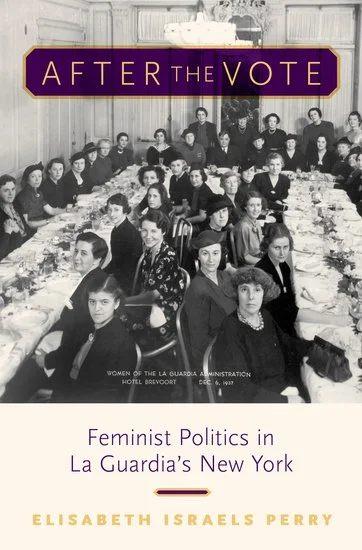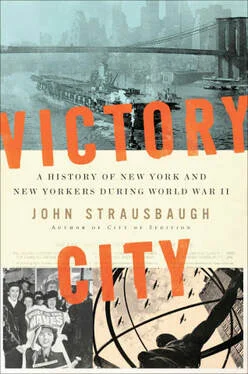Bad Faith: Teachers, Liberalism, and the Origins of McCarthyism
Reviewed by Clarence Taylor
For decades, pundits, conservative writers, and political officials have obscured the political and ideological differences between liberals, democratic socialists and communists. It is quite common for both rightwing Republicans and those in the mainstream media to label liberals as the “far Left,” in order to imply their ideas pose a danger to the country. In the 1988 presidential election, for example, George H. W. Bush called his Democratic opponent, Governor Michael Dukakis of Massachusetts, a “card-carrying member of the American Civil Liberties Union,” equating membership in the ACLU with membership in the Communist Party. Several Republicans and members of the Tea Party have accused former President Barack Obama of being a “socialist.” President Donald Trump has labeled Democrats as “radicals” who have adopted a “far-left agenda.”
Read More









